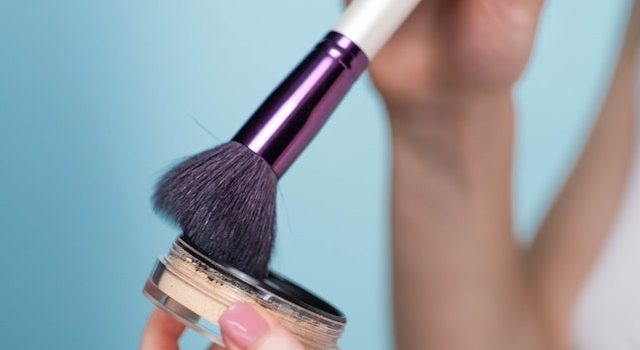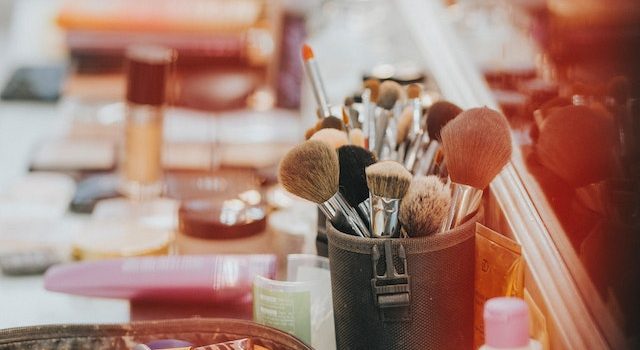
Introduction:
In our increasingly urbanized world, the quality of our surroundings and the impact of pollution on our daily lives have become growing concerns. However, a new wave of technological advancements is shedding light on the hidden aspects of our environment. Sensor data, collected through innovative devices, is offering surprising insights beyond the smog. In this article, we explore how sensor data is transforming our understanding of the environment and empowering individuals to make informed decisions about their surroundings.
Uncovering Invisible Threats:
While smog and visible air pollution are often the focus of discussions, there are many invisible threats that go unnoticed. Sensor data provides a deeper understanding of these hidden dangers, such as harmful gases, volatile organic compounds (VOCs), and even radiation levels. By utilizing sensors capable of detecting these invisible threats, individuals can gain insights into the quality of their environment and take appropriate measures to protect their health and well-being.
Mapping Environmental Hotspots:
Sensor data plays a crucial role in mapping environmental hotspots, areas with elevated pollution levels or other environmental risks. By collecting data from various sensors strategically placed throughout a region, researchers and authorities can create detailed maps that highlight pollution sources, such as industrial emissions or traffic congestion. These maps empower communities to identify areas of concern and advocate for targeted interventions to improve environmental quality.
Real-Time Monitoring for Healthier Living:
Sensor data enables real-time monitoring of environmental conditions, offering individuals the opportunity to make immediate decisions that promote healthier living. For example, air quality sensors integrated into personal devices can provide alerts when pollution levels exceed recommended thresholds, prompting individuals to take precautions such as adjusting outdoor activities or using air purifiers indoors. This real-time information empowers individuals to proactively manage their exposure to pollutants and protect their well-being.
Environmental Awareness and Behavioral Change:
Sensor data not only informs individuals about their immediate surroundings but also raises awareness about environmental issues and encourages behavioral change. When people have access to real-time data on pollution levels, they are more likely to make conscious choices that reduce their impact on the environment. This can include opting for alternative transportation methods, supporting eco-friendly initiatives, or advocating for policies that promote cleaner air and healthier communities.
Citizen Science and Collaborative Efforts:
Sensor data has sparked a new era of citizen science, where individuals actively participate in monitoring and collecting data about their surroundings. By engaging in collaborative efforts, citizens can contribute valuable information to larger databases, enhancing our understanding of environmental patterns and trends. This democratization of data allows communities to advocate for evidence-based decision-making and empowers individuals to actively participate in creating sustainable and healthy environments.
Future Applications and Technological Advancements:
As sensor technology continues to advance, the possibilities for collecting and analyzing environmental data are expanding. The integration of sensors with artificial intelligence and machine learning algorithms holds great potential for even more sophisticated analyses and predictions. This could lead to early detection of environmental risks, improved urban planning, and the development of innovative solutions for a healthier and more sustainable future.
Conclusion:
Sensor data is transforming our understanding of the environment, providing valuable insights beyond the visible smog. With the power of sensor technology, individuals can uncover invisible threats, map environmental hotspots, and make informed decisions about their surroundings. The availability of real-time data promotes environmental awareness, encourages behavioral change, and fosters collaborative efforts towards healthier communities. As technology continues to advance, the potential for sensor data to revolutionize environmental monitoring and empower individuals is boundless. By harnessing the power of sensor data, we can pave the way for a more sustainable and healthier future for ourselves and the planet.

















